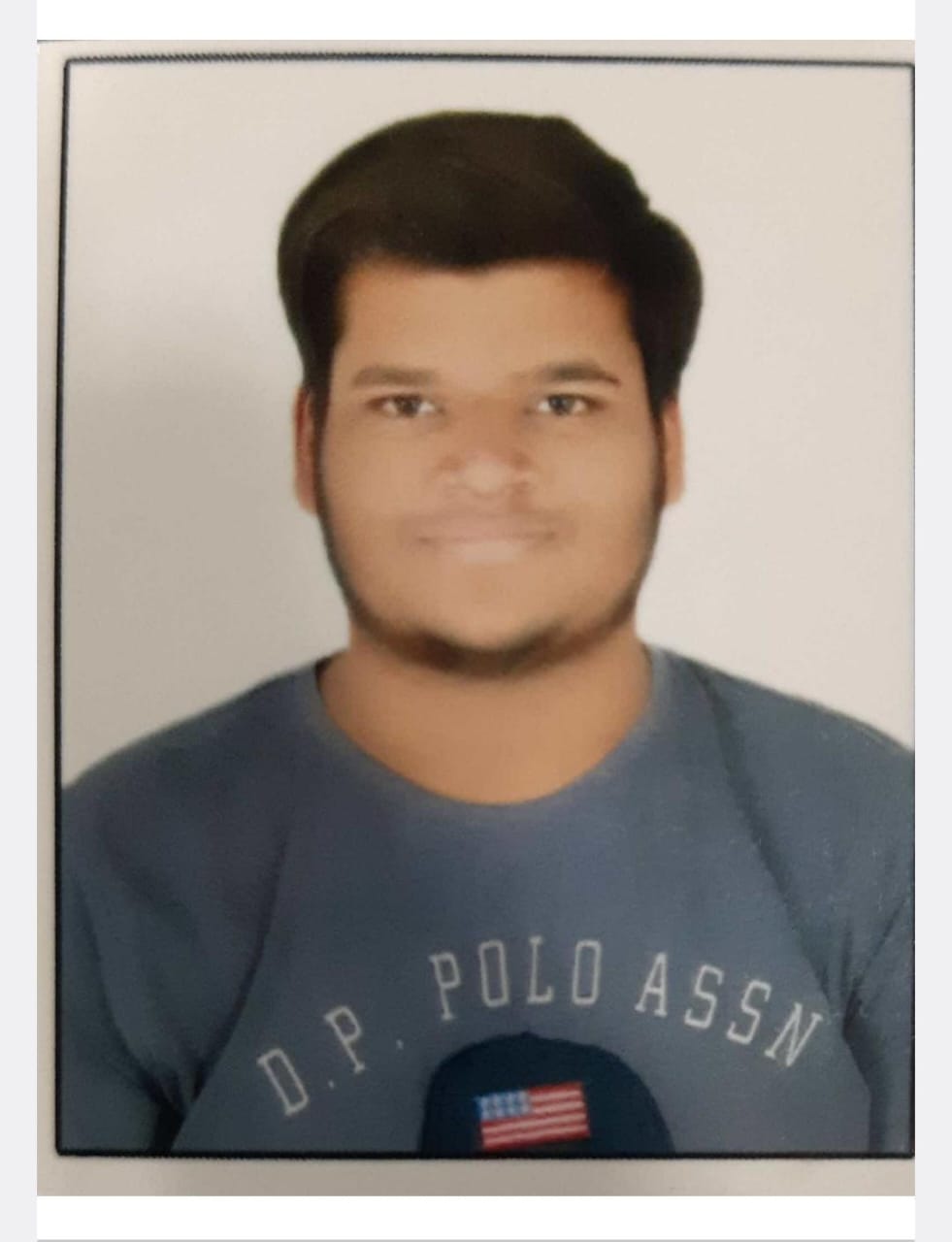Abstract
Animal bite wound infections represent a complex interplay between diverse microbial pathogens and host defences, necessitating a comprehensive understanding of the microbiological landscape for effective management. This review navigates the intricate terrain of etiological agents, host-pathogen interactions, treatment challenges, and future directions in understanding and addressing these infections. Etiologically, a spectrum of bacterial, viral, and fungal agents, including Pasteurella spp., Capnocyto phagacanimorsus, Streptococcus spp., and Staphylococcus aureus, feature prominently in animal bite-associated infections, each harbouring distinct virulence factors and pathogenic mechanisms. Antibiotic resistance presents a pressing challenge, prompting the exploration of alternative therapies amidst escalating resistance trends. Emerging diagnostic techniques, notably molecular methods, hold promise in precise pathogen identification, enabling targeted interventions. Preventive measures, encompassing responsible pet ownership and education on wound management, play a pivotal role in mitigating infection risks. Future research directions focus on innovative diagnostics, deeper insights into host immune responses, and novel therapeutic modalities, aiming to optimize clinical outcomes.
Keywords
Microbiology, Animal bite, Wound, Infection


 Shrikant Gadgade*
Shrikant Gadgade*
 Laxmiprasad Khochage
Laxmiprasad Khochage
 10.5281/zenodo.10468160
10.5281/zenodo.10468160